Yes, climate change is a major existential problem facing humanity and most other life forms on this planet. It’s all too easy to shut down because the problem is so big and it can feel like nothing we do as individuals matters. But did you know that global pollution emissions may already have peaked? World GDP is no longer tied to emissions? And that wind and solar electricity are now cheaper than coal? For a deeper dive on reasons to be hopeful and to participate, check out this video. Or just skip ahead to the actions that YOU can take to help.
Ideas for Lexington Residents

Sign up for a green electric plan
Impact: 🌳🌳🌳🌳
Effort : 💪
Cost: 💰
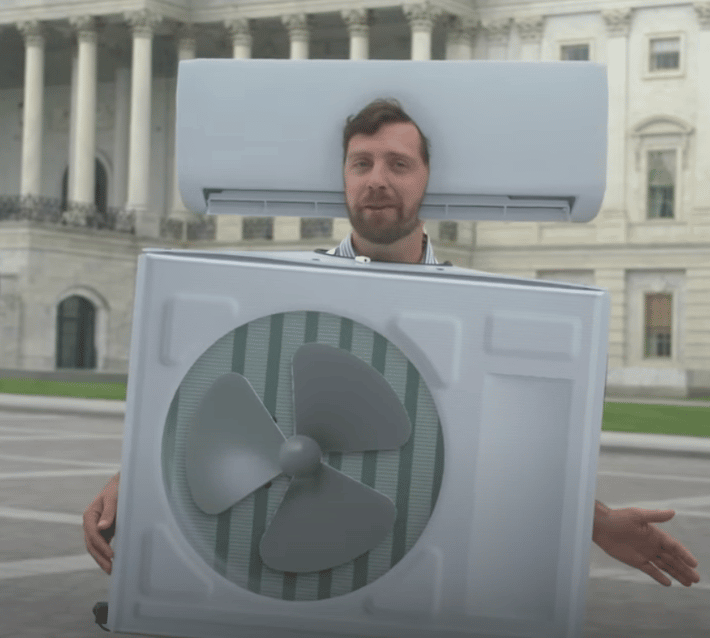
Electrify Your Home: Heat Pumps, Induction Stoves, Usage Monitoring & More
Impact: 🌳🌳🌳🌳🌳
Effort: 💪💪💪
Cost: 💰💰💰 or 💸

Go Solar: Residential Rooftop and Community Options
Impact: 🌳🌳
Effort:💪💪💪💪
Cost: 💸 (after 5-9 years)
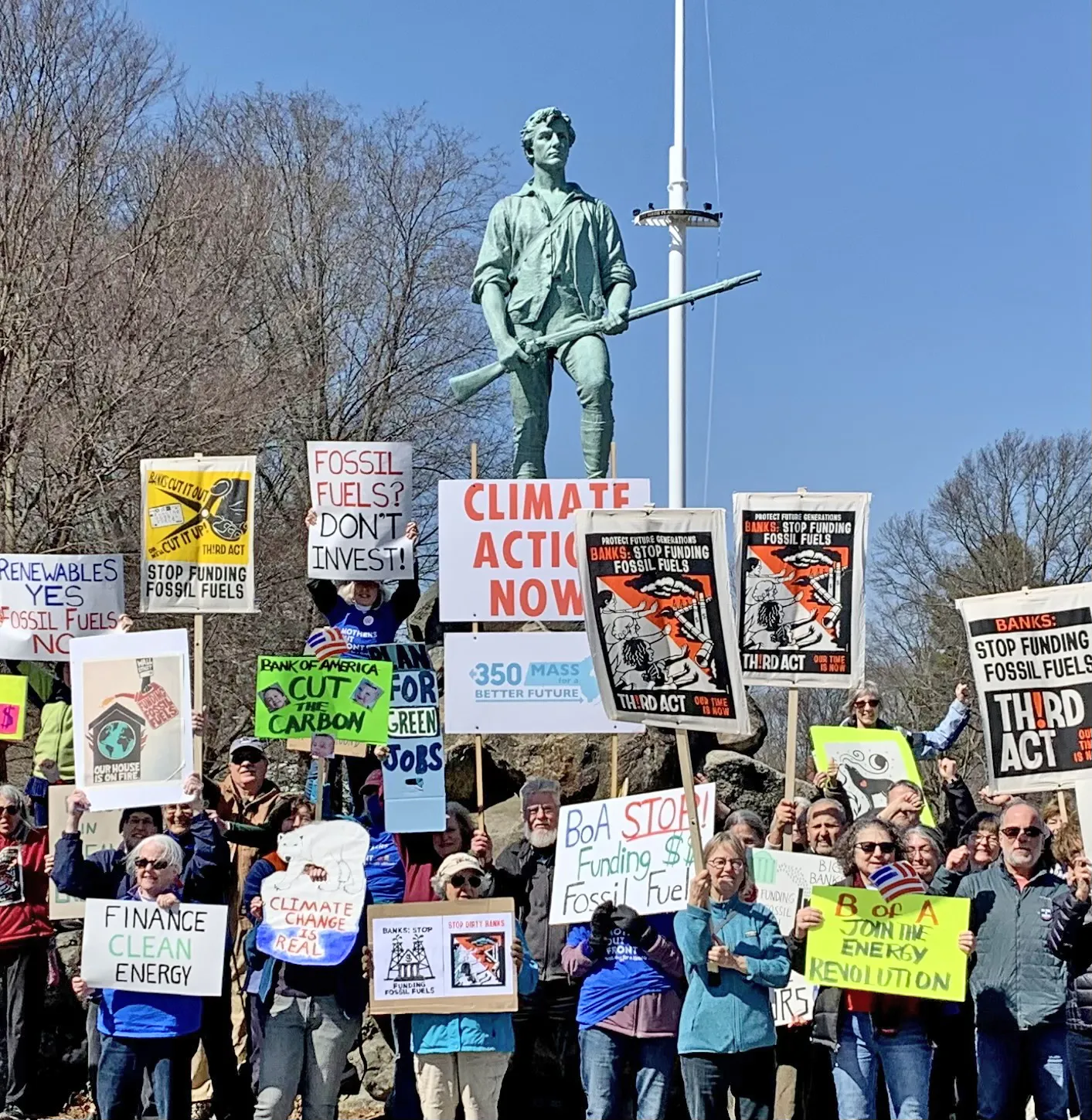
Advocate for broader / policy change with local groups
Impact: 🌳🌳🌳🌳
Effort: 💪💪💪
Cost: 🆓
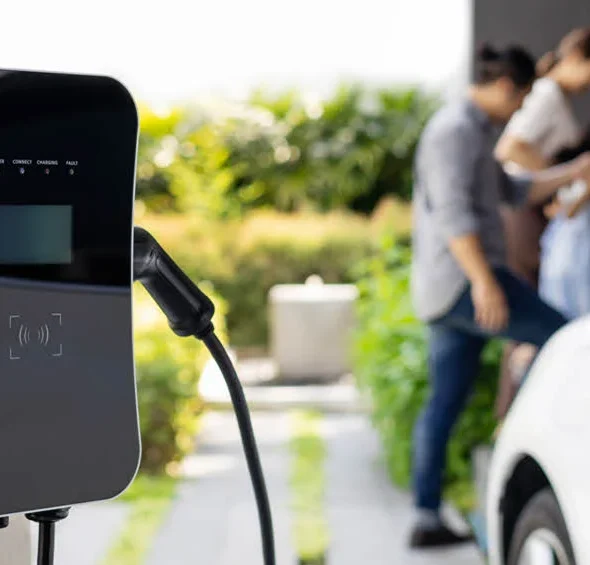
Driving: EVs and Mileage Reduction
Impact: 🌳🌳🌳🌳
Effort: 💪💪
Cost: 💰💰💰

Green your travel: reduce the impact of flying and other tips
Impact: 🌳🌳
Effort:💪💪
Cost: 💸

Reduce your lawn! and other eco-friendly ways to landscape
Impact: 🌳🌳🌳
Effort: 💪💪
Cost: 💰

Food: Become a “Climavore”
Impact: 🌳🌳🌳
Effort: 💪💪
Cost: 💰
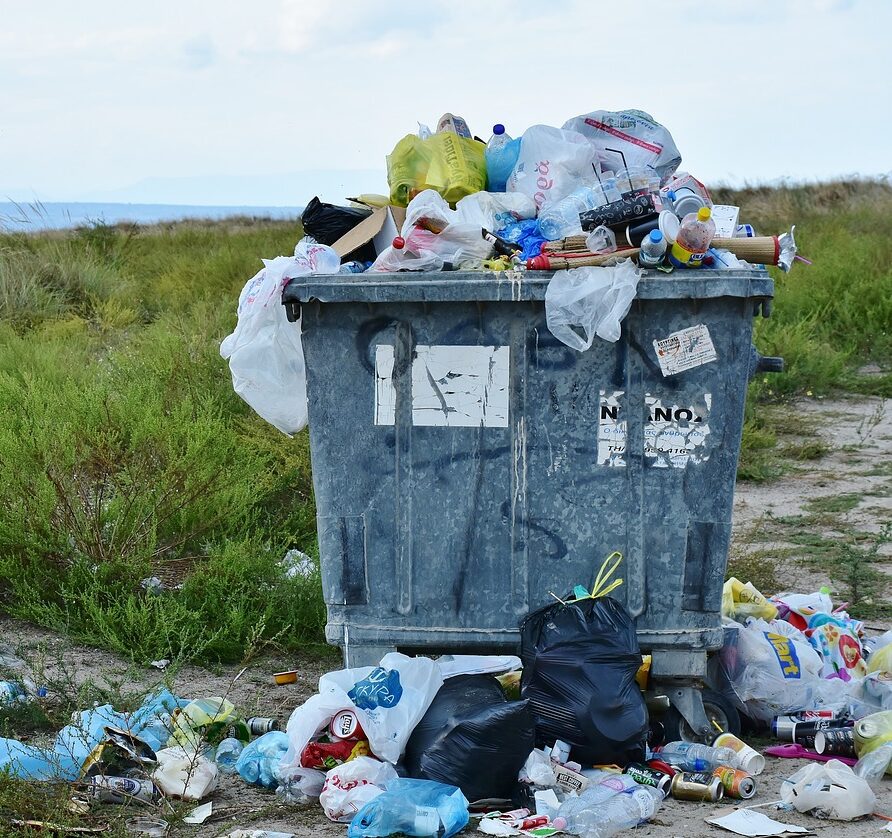
Make less trash: ideas to to reuse and reduce
Impact: 🌳🌳
Effort: 💪💪
Cost: 💰
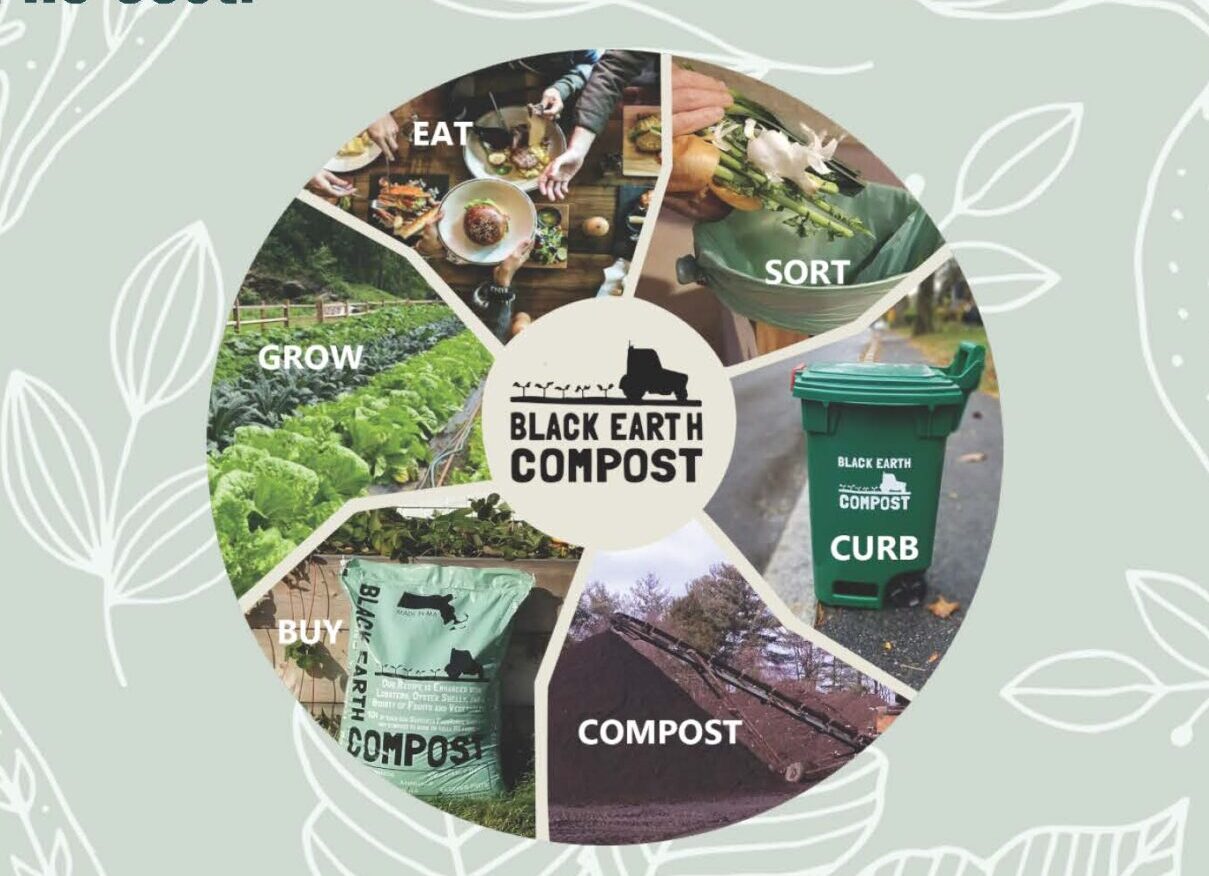
Compost & Waste Reduction
Impact: 🌳
Effort: 💪
Cost: 🆓
Ratings indicate potential impact area & magnitude, as well as relative effort and cost, to help you decide where to focus your energy right now. There are many factors affecting the actual impact – read more to help understand the levers that are available to you to affect change.
🌳 Trees represent a visualization of carbon, and are used here to give an impact indicator for C02e reduction, water savings / quality improvement and/or improved biodiversity as a result of changes you can make in each area.
💰 Cost is shown with bag(s) of money unless there is no cost (🆓) and/or the potential to save money (💸) while helping the climate.